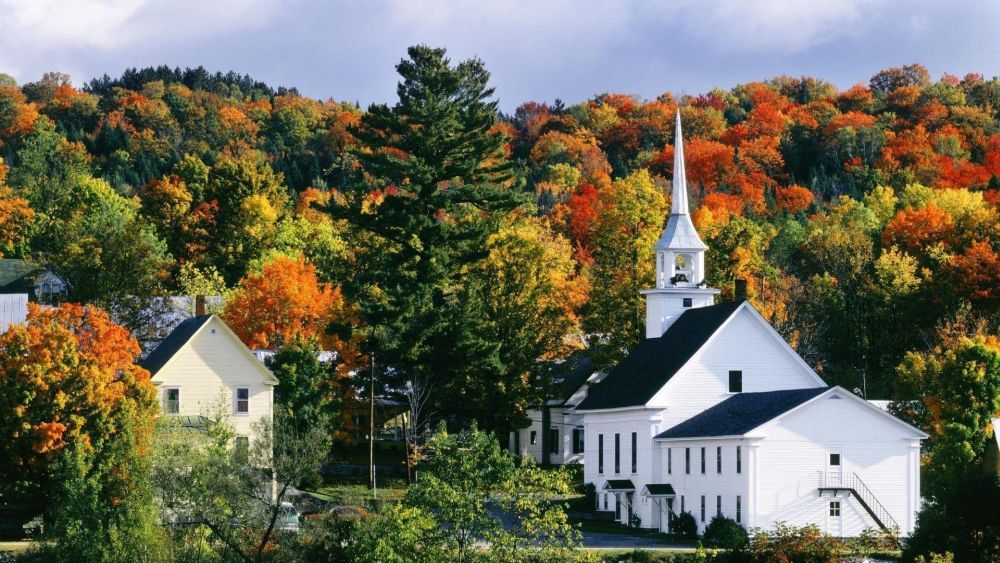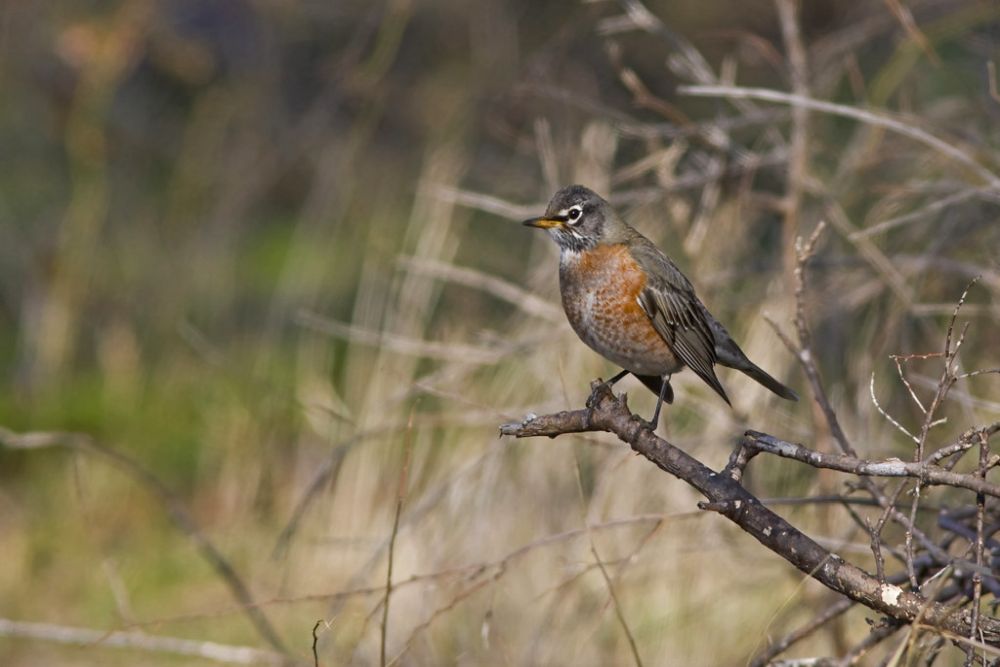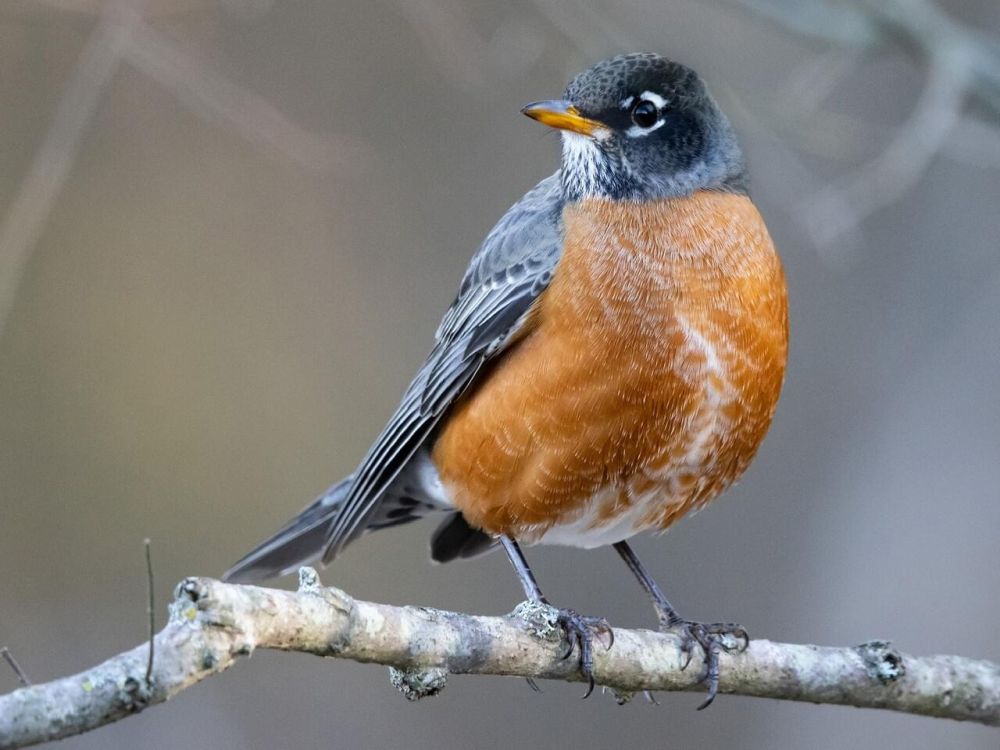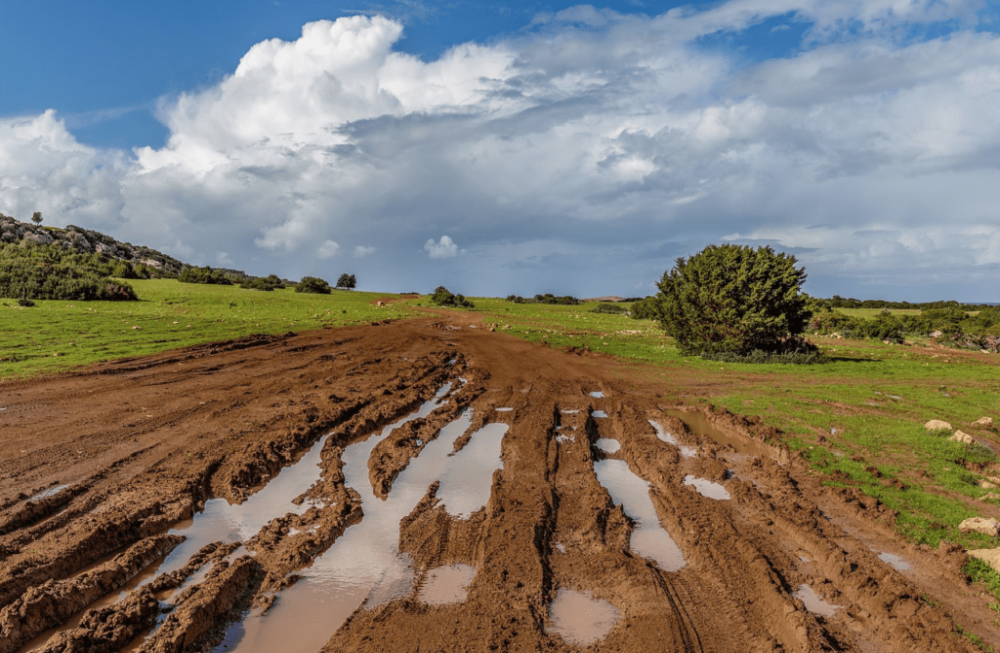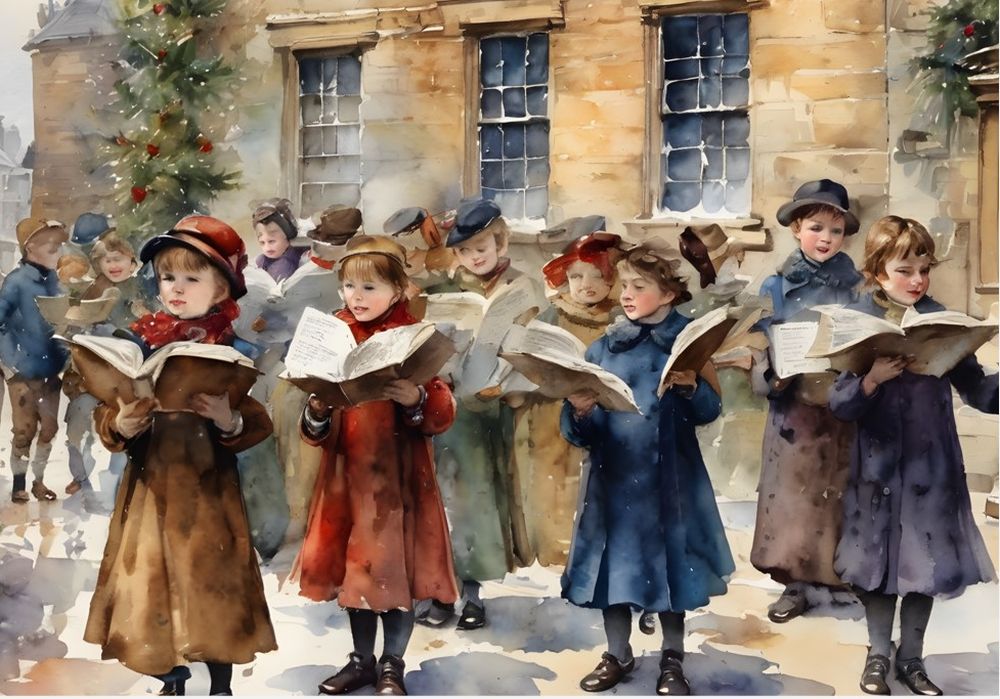Certain moments and memories exemplify spring’s entrance. Some going back decades. Two stand out. It had been an especially cold snowy New England winter, the year that I returned to graduate school. Temperatures fluctuated from minus zero temperatures to a scanty above-zero range. It was a long icicle-inspired winter. Then early one January morning, a lone robin was seen on campus.
— A Lone Robin and Harbinger of Spring
After the sighting of this lone robin, our winter doldrums lifted, and mealtime conversations quickly centered around this sighting and the possibility that spring was just around the corner. If you have ever experienced a Vermont winter, then such excitement about seeing a robin would make sense.
Our classmates’ table became the “Information Center” for robins and weather forecasts. Was spring really going to be early this year? What did the Farmer’s Almanac say? Any National Oceanic and Atmospheric Administration (NOAA) updates from the Burlington Free Press on Vermont’s spring weather outlook?
Over the next few days, these animated mealtime conversations yielded a lot of interesting information, especially about robins. We learned that the American robin is the most abundant land bird in North America and was first described in 1766 by Carl Linnaeus, a Swedish biologist. There are many subspecies, and the eastern subspecies—the robin that we saw—weighs around 2.7 oz. or 77 grams. The adult’s back is brown, with a reddish-orange breast, and its bill is yellow with a dark tip.
— The Season of Mud
When spring comes to New England or northern New York, people celebrate. Well, almost everyone, for along with the arrival of warmer days and colder nights comes winter’s thaw, followed by mud season. This is the time from March through April when winter’s ground-packed snow begins to thaw. There is mud everywhere—ground-sucking, squishy, gooey, stick-to-your-boots, clothes, and whatever-it-can-cling-to mud.
“In New England, mud season is a time of transition, when the frozen silence of winter yields to the warm melody of spring. It is often messy, occasionally dangerous, and ultimately glorious—much like life itself.” —Kristina Baer, Mud Season, July 30, 2021.
Even though it was many decades ago, I can still remember a particular spring mud hike along the back roads of Brattleboro, Vermont. As I walked, attentive to the nearby pastures, farmlands, and apple orchards bordered by time-weathered fieldstone walls, I paused in front of a favorite spot—Naulakha, Rudyard Kipling’s U.S. home.
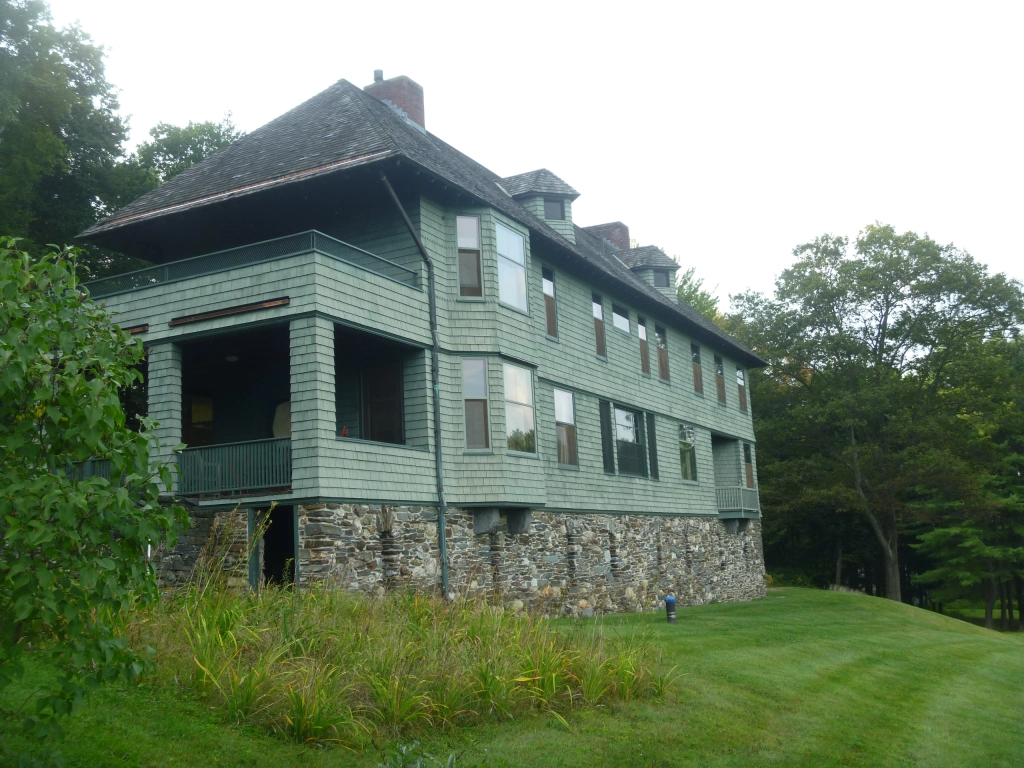
Standing at the roadside edge with Naulakha behind me, I faced an expansive view that encompassed the neighboring state of New Hampshire and the Connecticut River. In the distance, I could see the familiar , which Henry David Thoreau and Ralph Waldo Emerson so fondly wrote about.
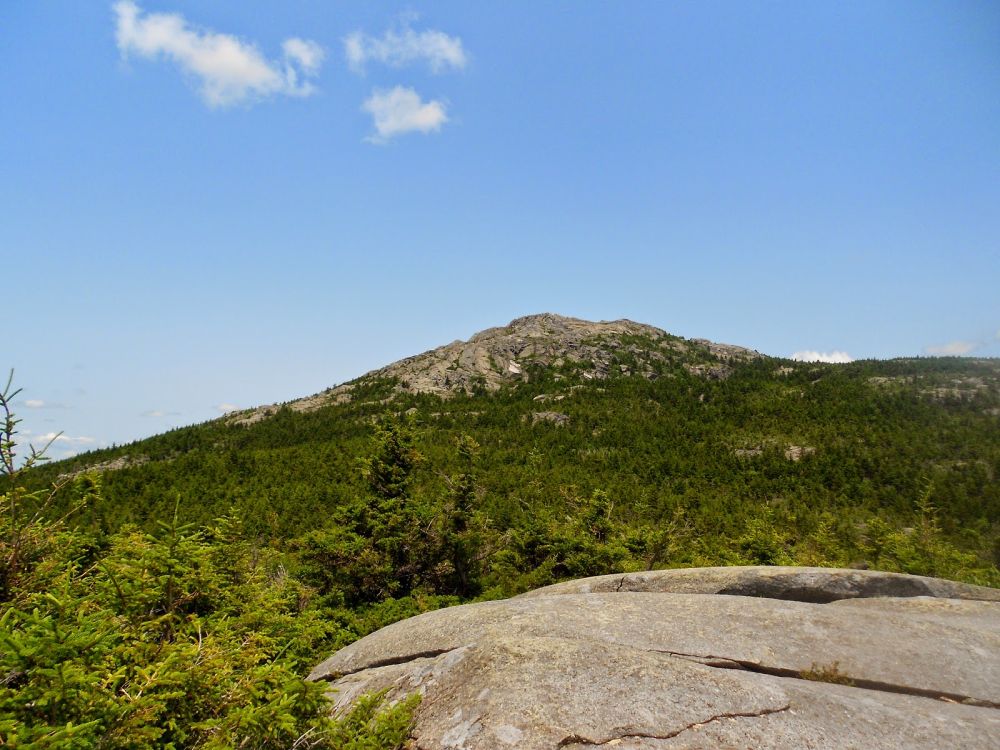
The warmth of the sunshine, the call of a nearby crow, and the occasional echoed response as the wind brushed past something in its path were my solitary companions. There was something spiritual about this moment as I watched Mother Nature slowly unfold spring.
I began to feel the tired remains of winter slowly lift and melt away, replaced by a sharpened new awareness of the wonder and power of Mother Nature and her seasonal transitions. This spring gift of heightened awareness and memory continues to resonate and linger to this day.
Text from Sue, Images from Web
